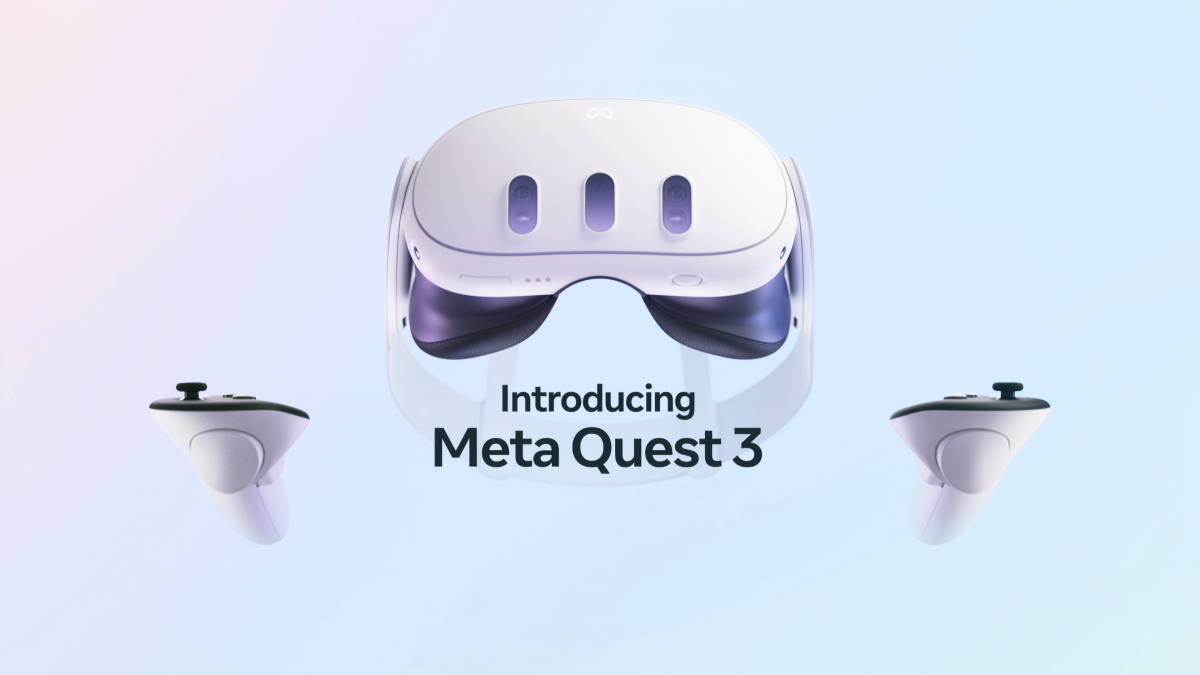So, just a quick thought and a simple example demonstrating how a SNES version of Sonic the Hedgehog could improve the visuals of the game in some areas to give the SNES version a very nice look of its own, despite it not having as wide a view of the level as the Genesis version:
The image above shows how, along with adding a little more colour into the GUI, a nice gradient on the background sky, and making the clouds look a little softer using some more colours, the SNES version could also use that extra third background layer along with a bit of colour math to have a really nice reflection and semi-transparency effect on the water. And, it’s important to point out that not only does it look like its reflecting the scenery there, but the actual shimmering water would be on a seperate layer from the reflection of the hills and would be scrolling at a different speed too, which would add some really nice extra depth to the parallax also. Oh, I also used the Sonic Mania character design and GUI icon for him too, just because.
Continue reading Sonic on SNES






